
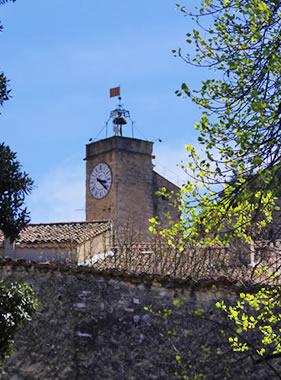
Malaucène is situated in a luxuriant valley surrounded by mountains, in the north of the Vaucluse department and on the border of the southern Drôme.
A big market town full of history, Malaucène is like a Russian doll. Layer by layer, after the more modern areas on its outskirts, we first find the wide boulevards where the old ramparts once stood. Lined with restaurants, cafés and sycamores several hundreds of years old, it's here on the Cours des Isnards that the market takes place every Wednesday morning. And has been for seven centuries. One of the oldest markets in Provence, it's a great place to find fresh local produce: the famous cherries, the asparagus, the apricots.
A few medieval gates still remain in the old fortifications, such as the Porte Soubeyran, which was once the site of the gallows. Passing through them, you discover a very old town centre, livened up by its prettily painted old storefronts. Continue further and with the Grande Rue, the Rue du Château and the semi-circular row of houses that defended the village in the 14th centre, you enter into the Middle Ages and the town's inner self.
Even though Malucène is not a hilltop village, it has its hill, smack dab in the middle and around which the town developed in the 12th century.
At that time, a fortified castle was built at the top. Abandoned then dismantled stone by stone in the 18th century, three crosses have taken its place. A cobblestone way punctuated by 13 wayside shrines leads to the summit, today called the Calvaire. There a peaceful and verdant spot awaits you, with panoramic views over the village, its red-tile roofs and its monuments.
The town's warren of narrow streets abounds in beautiful houses with ancient doors, 17th century chapels and several fountains and watering spots dating from the 16th to 19th century. The Saint Michel church was built in the 14th century by order of Clément V. Austere enough from the outside but with a pretty bell tower, the interior is decorated with elaborate wood carvings. Against its southern façade is a long stone bench, said to be the longest in Europe.
The belfry with its wrought-iron campanile, built between 1482 and 1532 and extended upwards in 1762, was used as a watchtower. Its old clock was finally replaced in the 1980s but the original can be seen in the town hall.
A few hundred metres from the village, on the road to Ventoux, you will find the Notre Dame du Groseau chapel, the last vestige of a monastery founded in 684. It is believed that the frescoes were executed by the pope Clement V himself when he vacationed here between 1308 and 1314. A bit further along, an esplanade precedes the Source du Groseau spring that owes its name to the Celtic god Groselos and the Grisélidis nymphs. Building an imposing aqueduct, of which we can still see the remains, the Romans directed its waters to supply Vaison-la-Romaine.
There are also several caves in the area, such as the Grotte de Notre-Dame-des-Anges with 110 metres of accessible galleries and an underground lake and spring.
But most visitors here are cyclists, climbers and hikes, come to confront the Mont Ventoux, “driven”, like Petrarch in 1336, “solely by the desire to visit a spot renowned for its altitude” (we didn't know that the poet was also a mountaineer!).
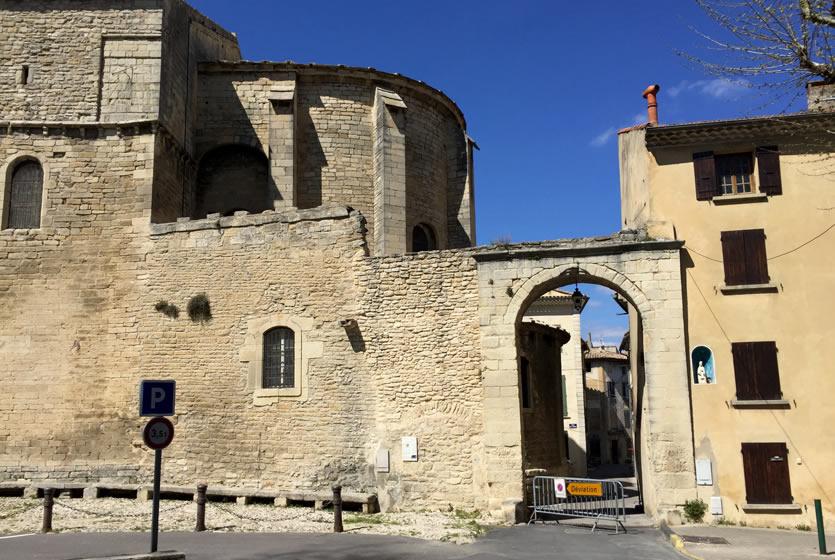
The Soubeyran gate
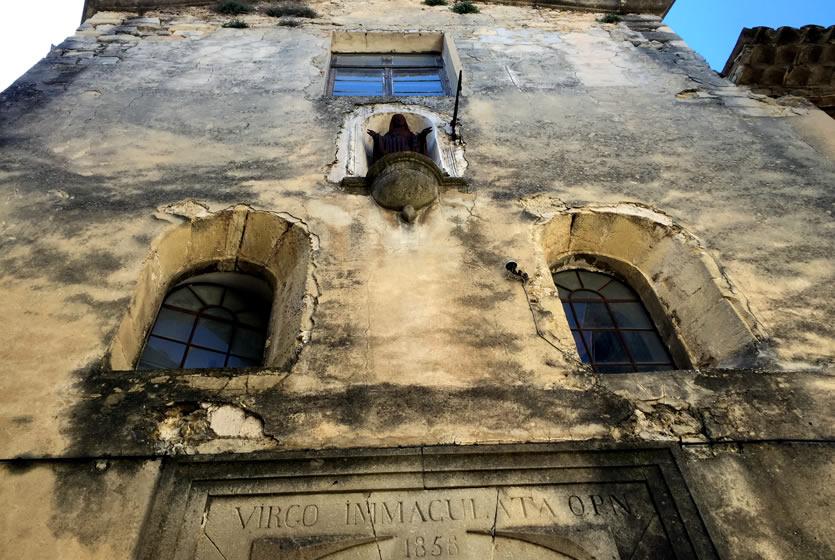
Saint-Alexis Chapel
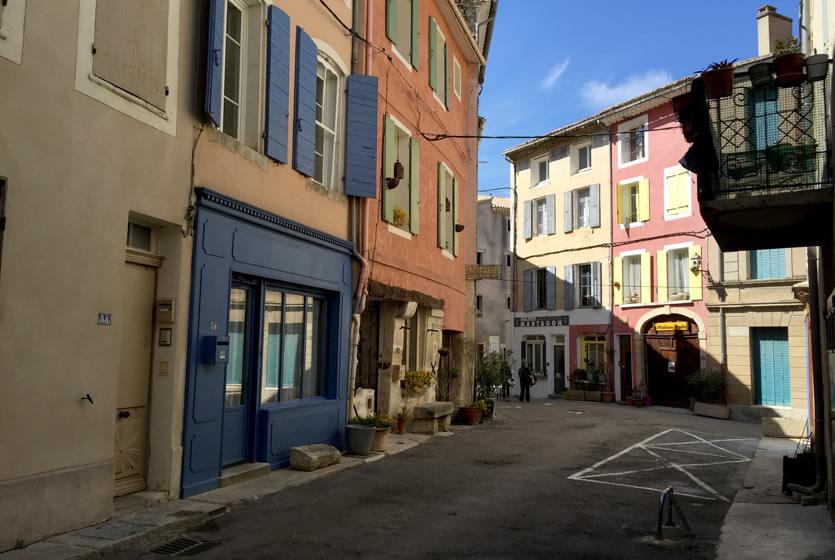
Coloured facades of the village
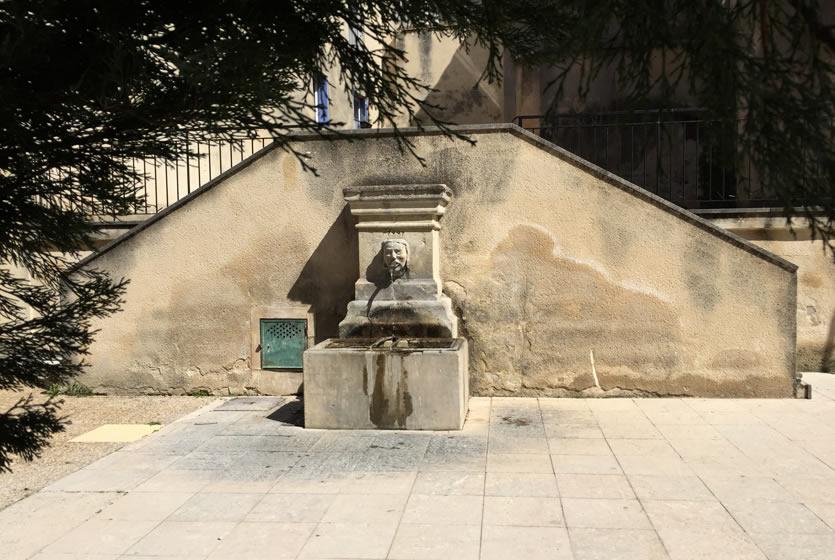
Fountain of the place de la République square
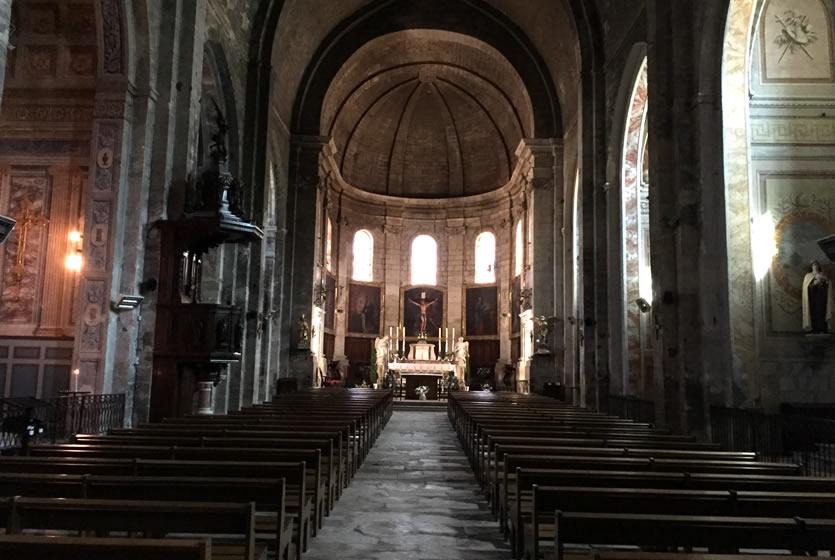
Saint-Michel parish church
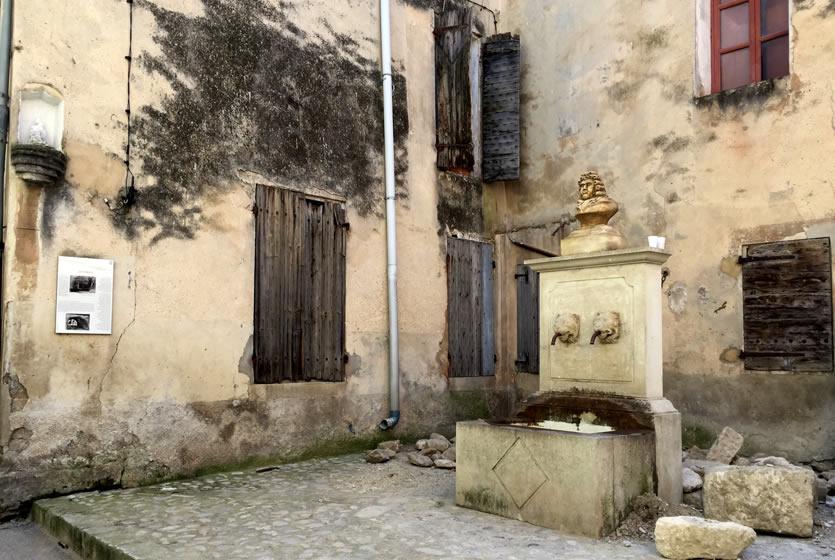
Fountain of the Teron
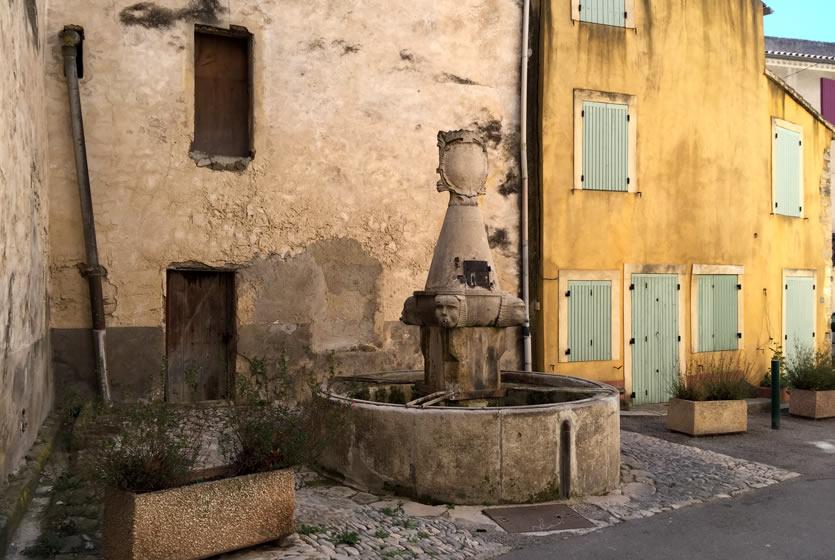
The Picardie fountain
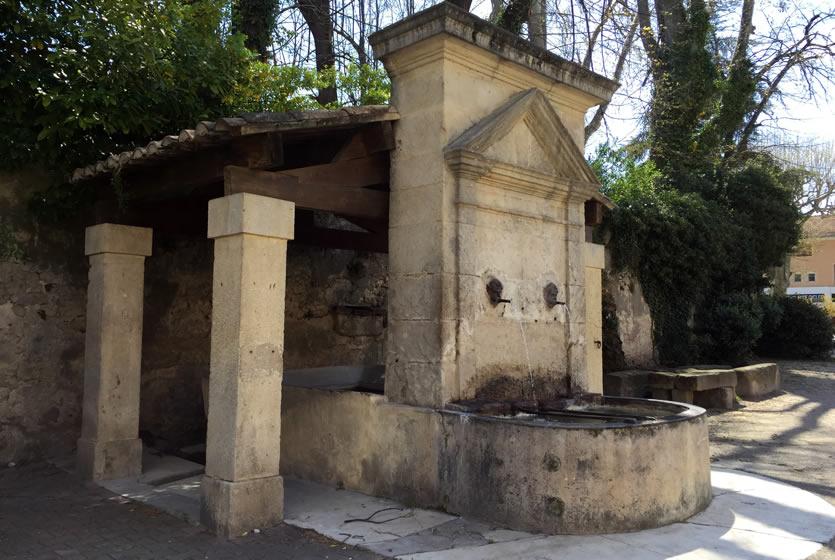
The fountain and the wash house of Soubeyras
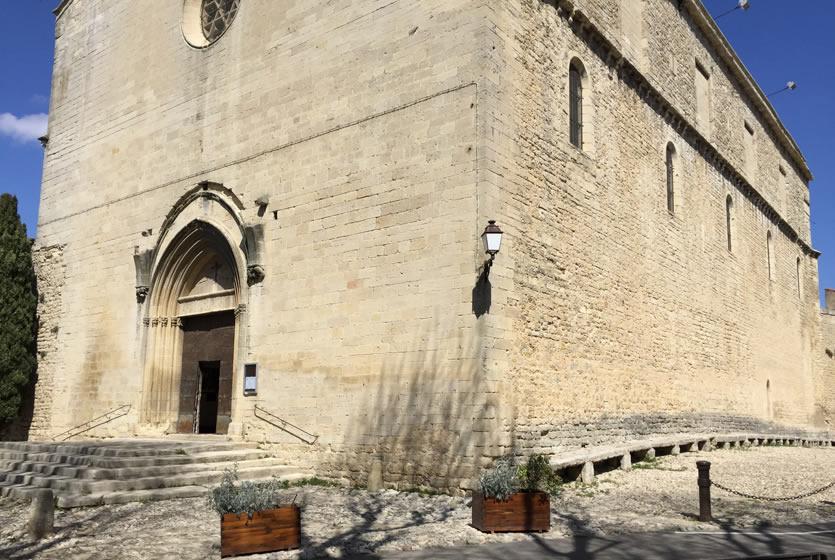
The spectacular Sain-Michel parish church
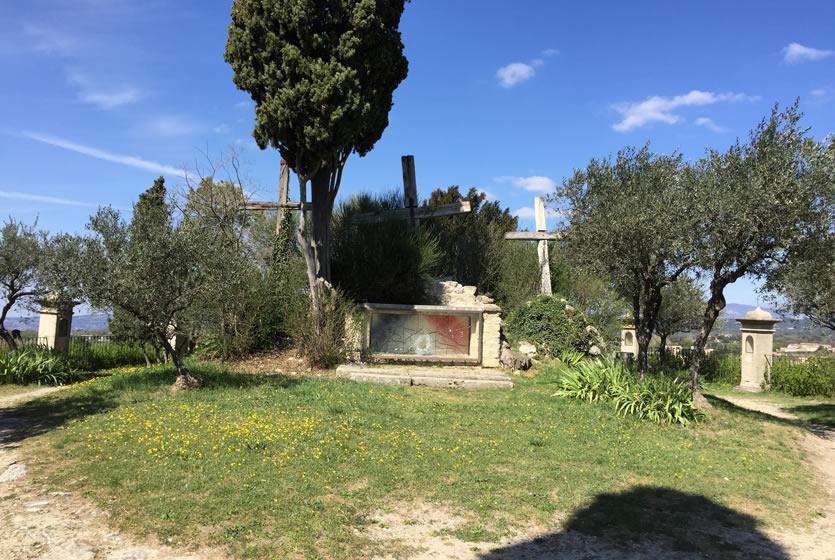
The Stations of the Cross of the Calvary
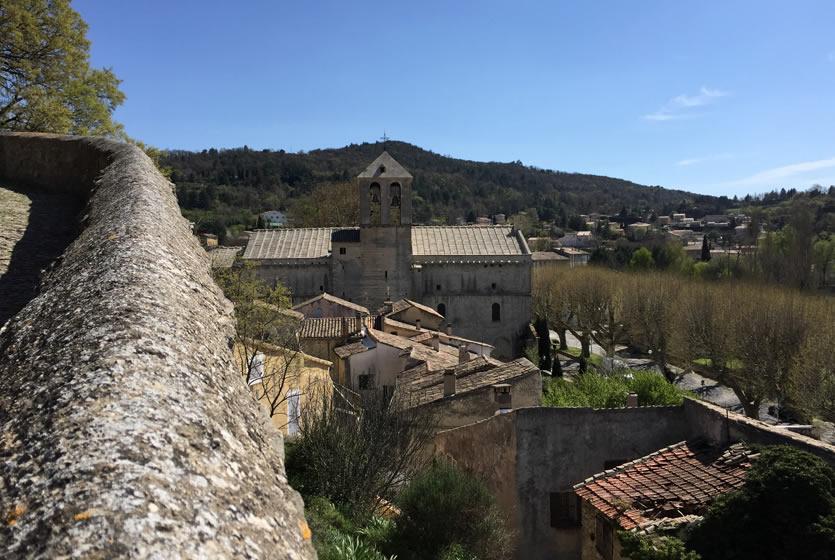
View of the Saint-Michel parish church
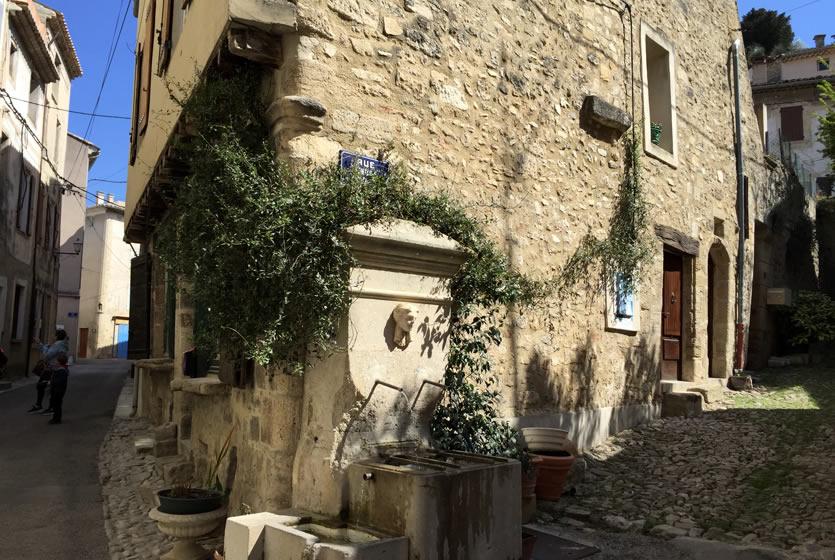
The fountains of Malaucène
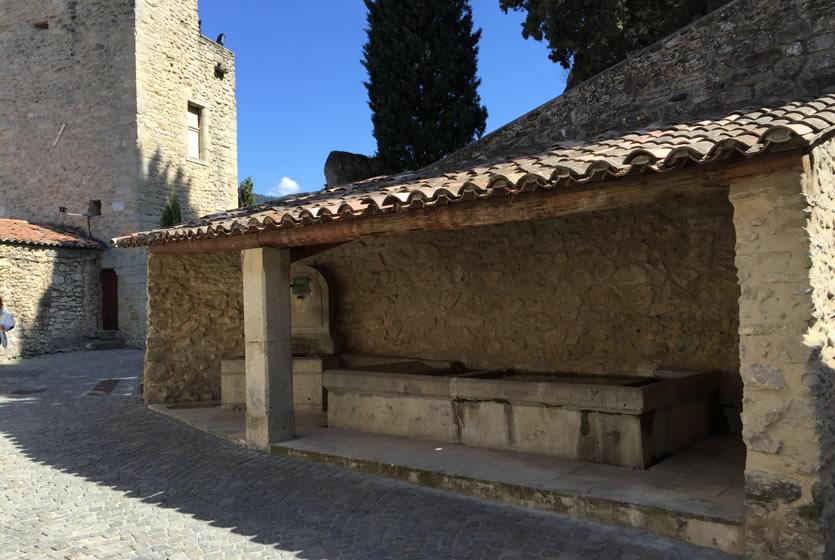
The wash house of Malaucène
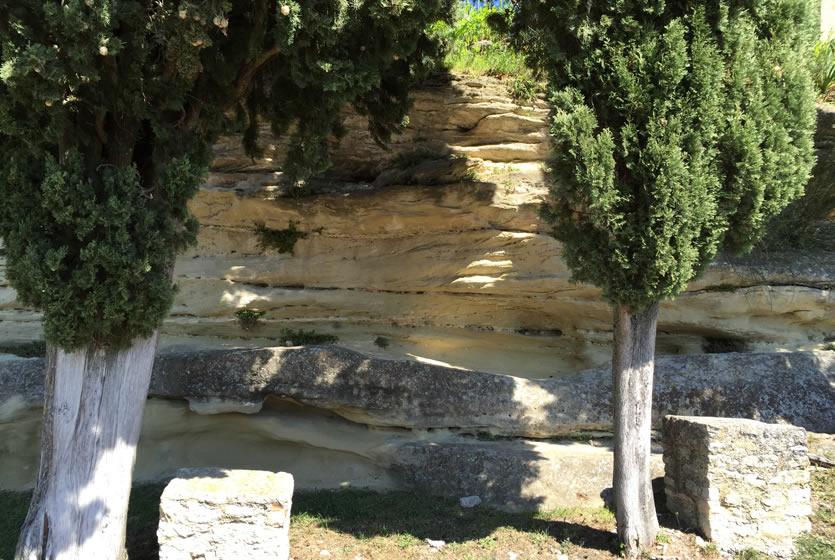
The rock
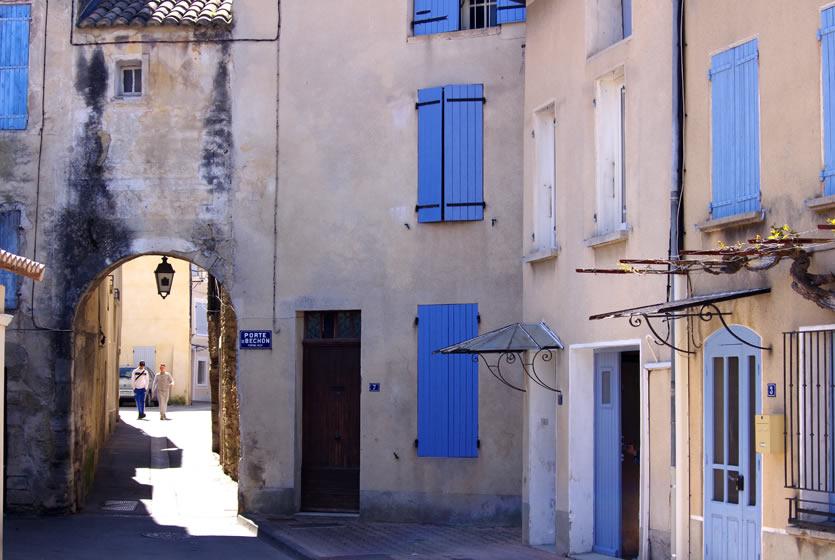
Facade and porch
Art of living
Gastronomy, markets of Provence, regional products, Christmas traditions, celebrities of Provence....
Where to sleep?